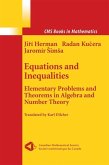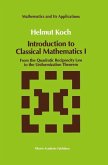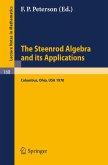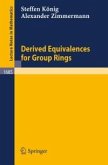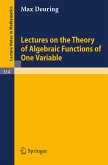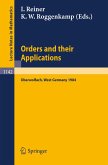Hardy, Littlewood and P6lya's famous monograph on inequalities [17J has served as an introduction to hard analysis for many mathema ticians. Some of its most interesting results center around Hilbert's inequality and generalizations. This family of inequalities determines the best bound of a family of operators on /p. When such inequalities are restricted only to finitely many variables, we can then ask for the rate at which the bounds of the restrictions approach the uniform bound. In the context of Toeplitz forms, such research was initiated over fifty years ago by Szego [37J, and the chain of ideas continues to grow strongly today, with fundamental contributions having been made by Kac, Widom, de Bruijn, and many others. In this monograph I attempt to draw together these lines of research from the point of view of sharpenings of the classical inequalities of [17]. This viewpoint leads to the exclusion of some material which might belong to a broader-based discussion, such as the elegant work of Baxter, Hirschman and others on the strong Szego limit theorem, and the inclusion of other work, such as that of de Bruijn and his students, which is basically nonlinear, and is therefore in some sense disjoint from the earlier investigations. I am grateful to Professor Halmos for inviting me to prepare this volume, and to Professors John and Olga Todd for several helpful comments. Philadelphia, Pa. H.S.W.
Dieser Download kann aus rechtlichen Gründen nur mit Rechnungsadresse in A, B, BG, CY, CZ, D, DK, EW, E, FIN, F, GR, HR, H, IRL, I, LT, L, LR, M, NL, PL, P, R, S, SLO, SK ausgeliefert werden.



